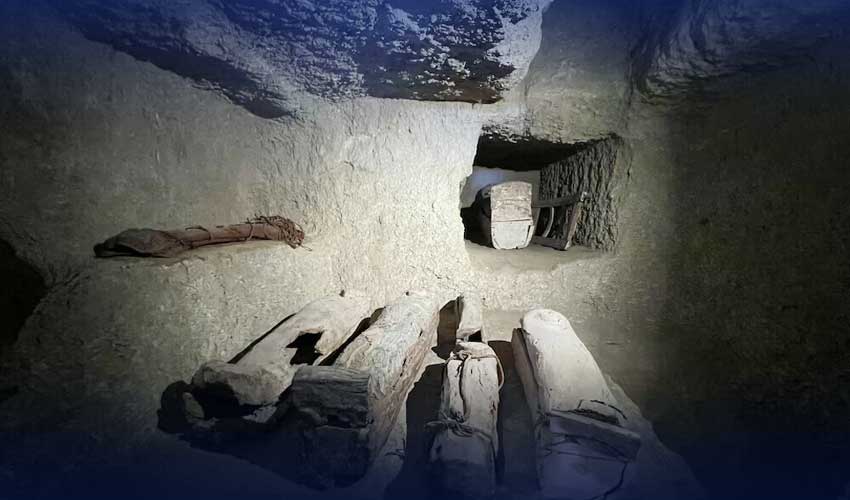In an extraordinary archaeological breakthrough, Egyptian researchers have uncovered significant blocks from the temple of Queen Hatshepsut, one of ancient Egypt’s most iconic rulers. The discovery was made near Luxor, offering new insights into the grandeur of the 18th Dynasty and its remarkable architectural achievements.
A Window into the Past
The uncovered blocks, adorned with intricate carvings and hieroglyphs, are believed to have been part of Queen Hatshepsut’s famed mortuary temple in Deir el-Bahari. This temple, a masterpiece of ancient engineering, was dedicated to Amun-Ra, the chief deity of Thebes, and served as a testament to Hatshepsut’s legacy as a female pharaoh who defied convention.
The excavation team noted that the blocks were buried beneath layers of debris, likely displaced over centuries due to natural events and human activity. Initial studies reveal that the blocks depict ceremonial scenes and inscriptions detailing Hatshepsut’s reign and her divine association with the gods.
Why This Discovery Matters
Dr. Mahmoud Hassan, a leading archaeologist on the project, explained, “This discovery provides a deeper understanding of Hatshepsut’s contributions to ancient Egyptian culture and her innovative architectural style. Each block is a piece of the puzzle that reconstructs the grandeur of her era.”
The findings are expected to shed light on the techniques used by ancient craftsmen and the significance of religious practices during the New Kingdom period.
Queen Hatshepsut: A Trailblazer in History
Hatshepsut, one of the few female pharaohs of Egypt, ruled during the prosperous 18th Dynasty. Her reign is marked by stability, trade expansion, and monumental construction projects. Her mortuary temple at Deir el-Bahari stands as a symbol of her political acumen and religious devotion.
This latest discovery adds to the growing body of evidence that underscores her pivotal role in shaping Egypt’s golden age.
Next Steps in the Research
Archaeologists plan to conduct further analyses on the uncovered blocks, including 3D mapping and detailed translations of the hieroglyphic inscriptions. These studies will help piece together the temple’s original design and its role in ancient rituals.
The newly discovered artifacts will likely be displayed in Egypt’s Grand Museum, allowing the public to marvel at the enduring legacy of Queen Hatshepsut.



Comments (0)
No comments yet. Be the first to comment!
Leave a Comment